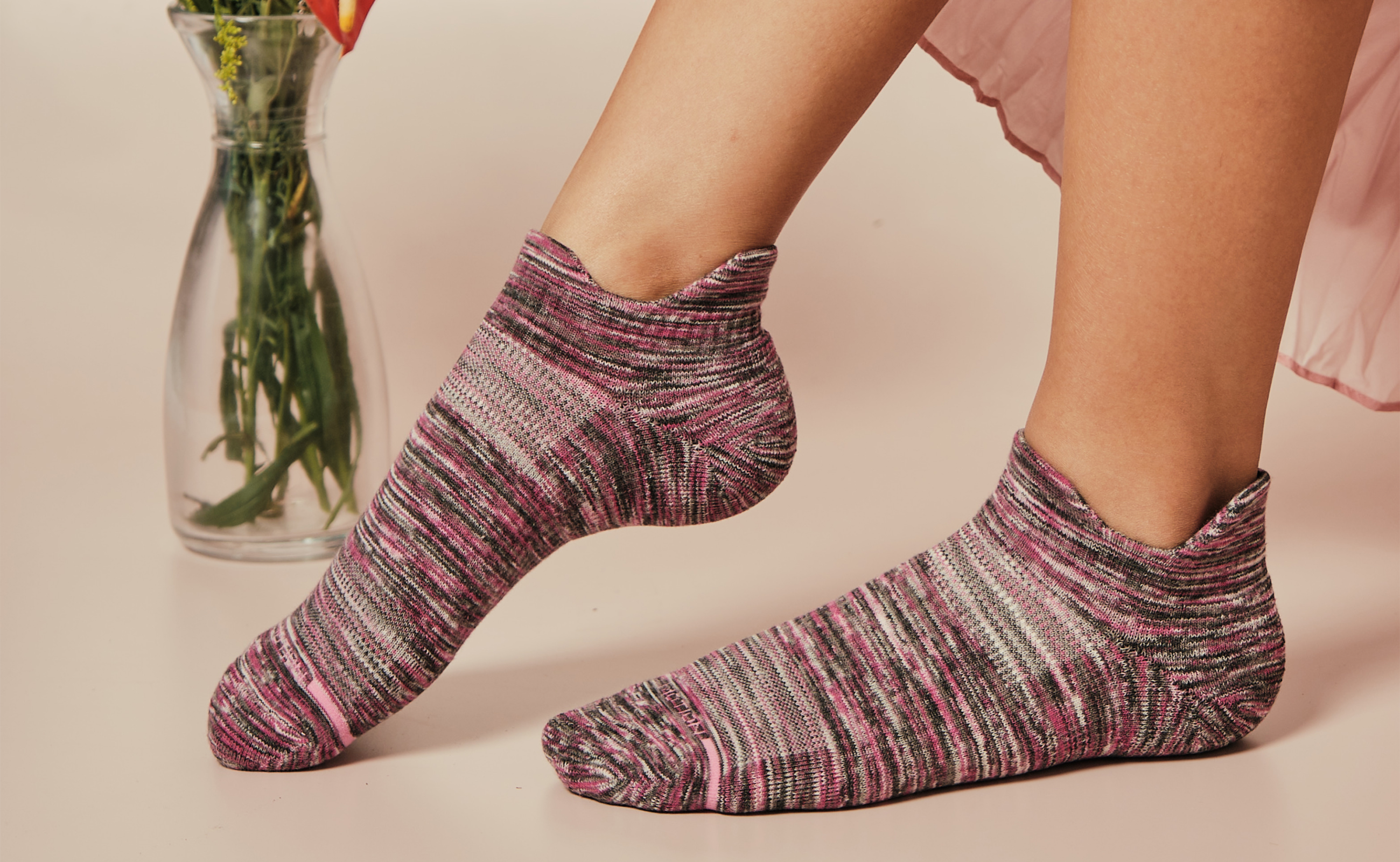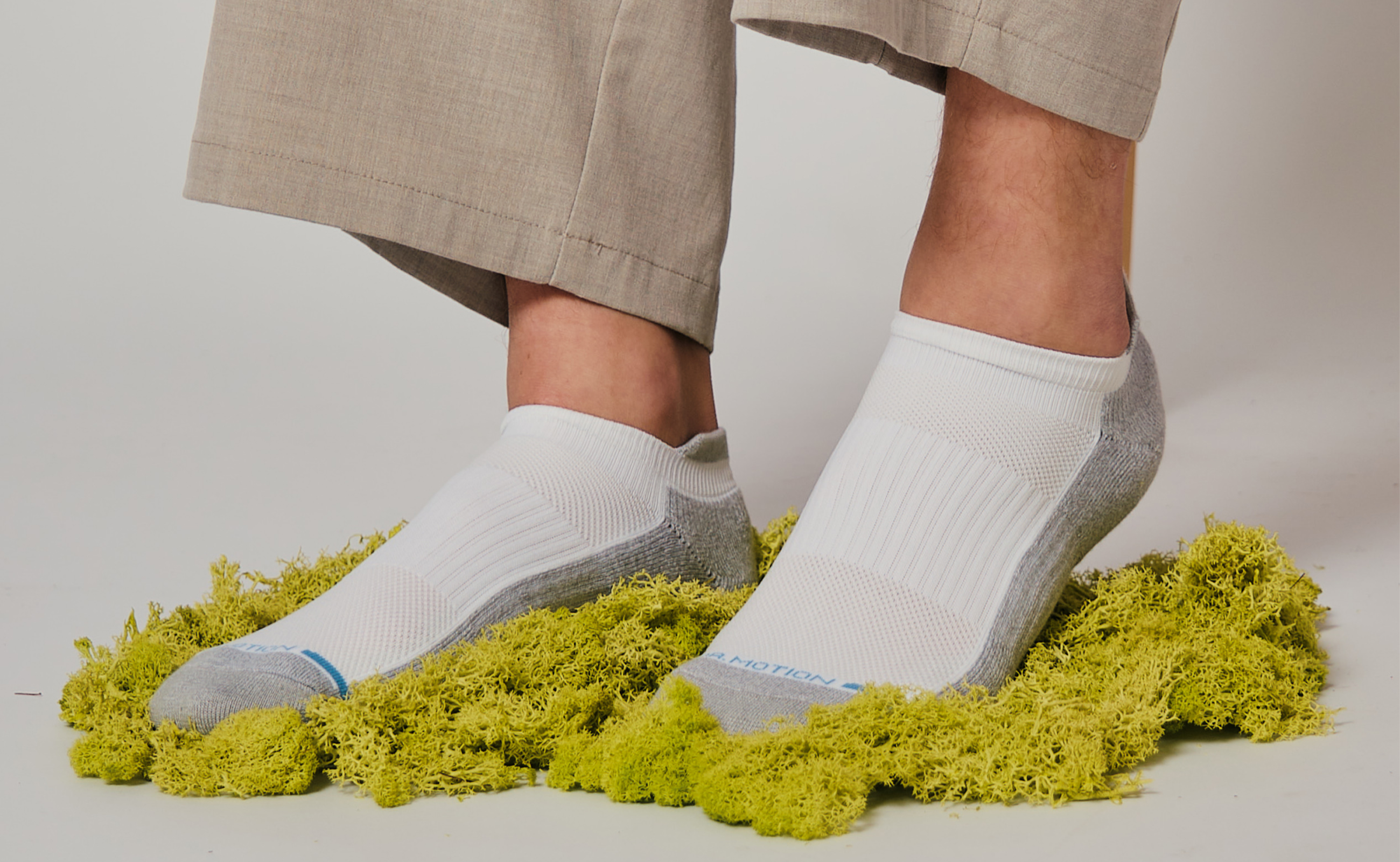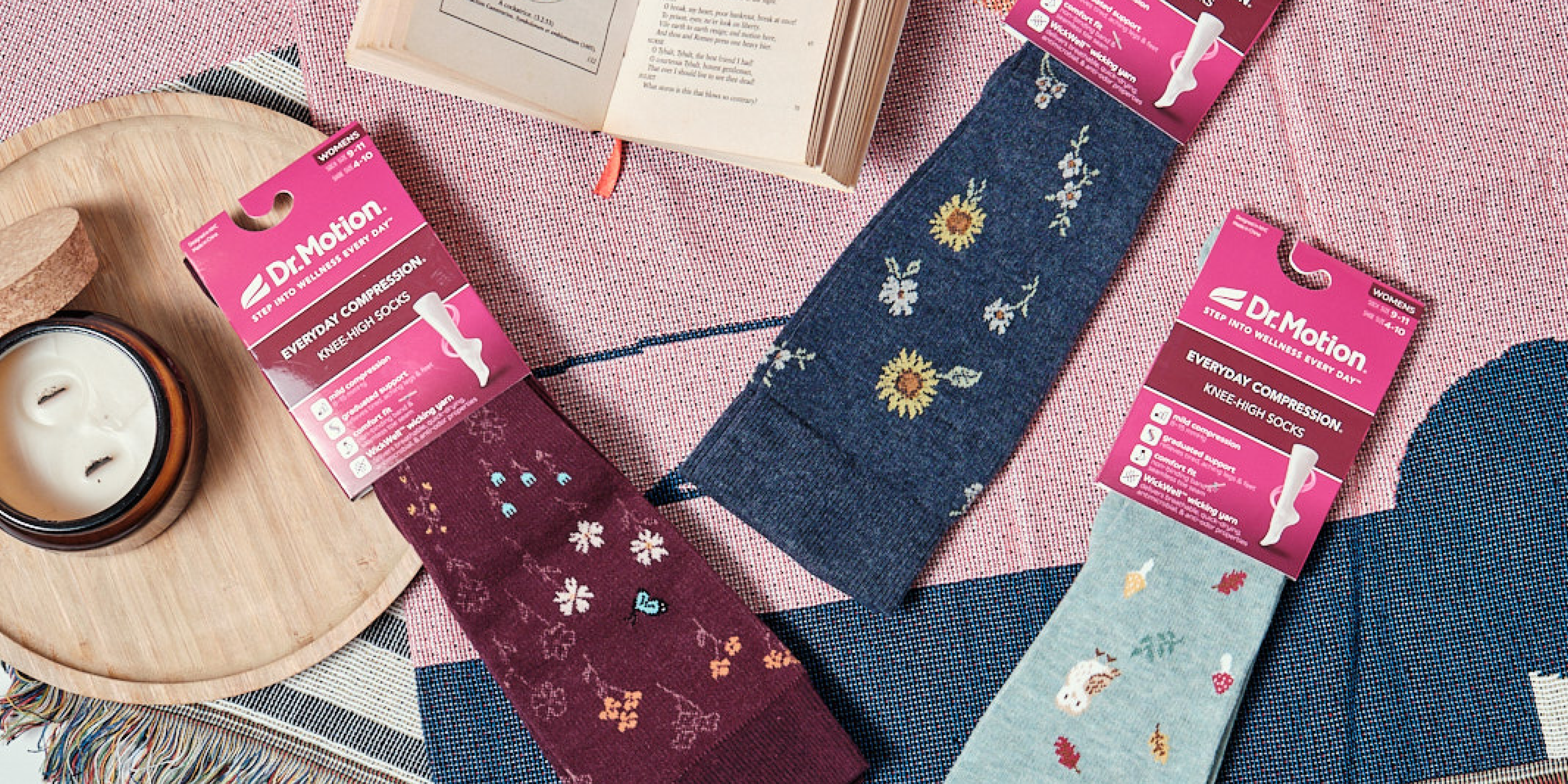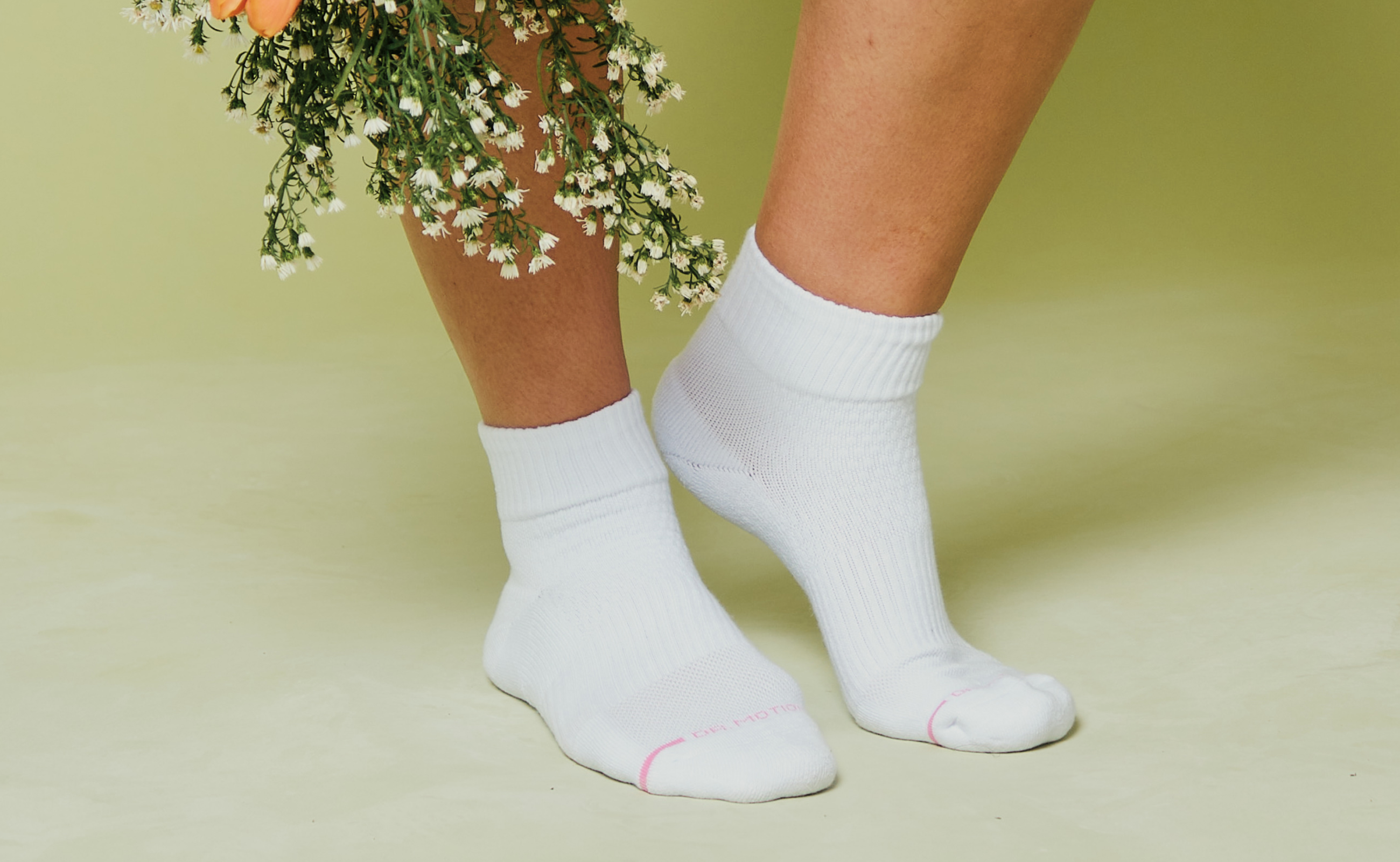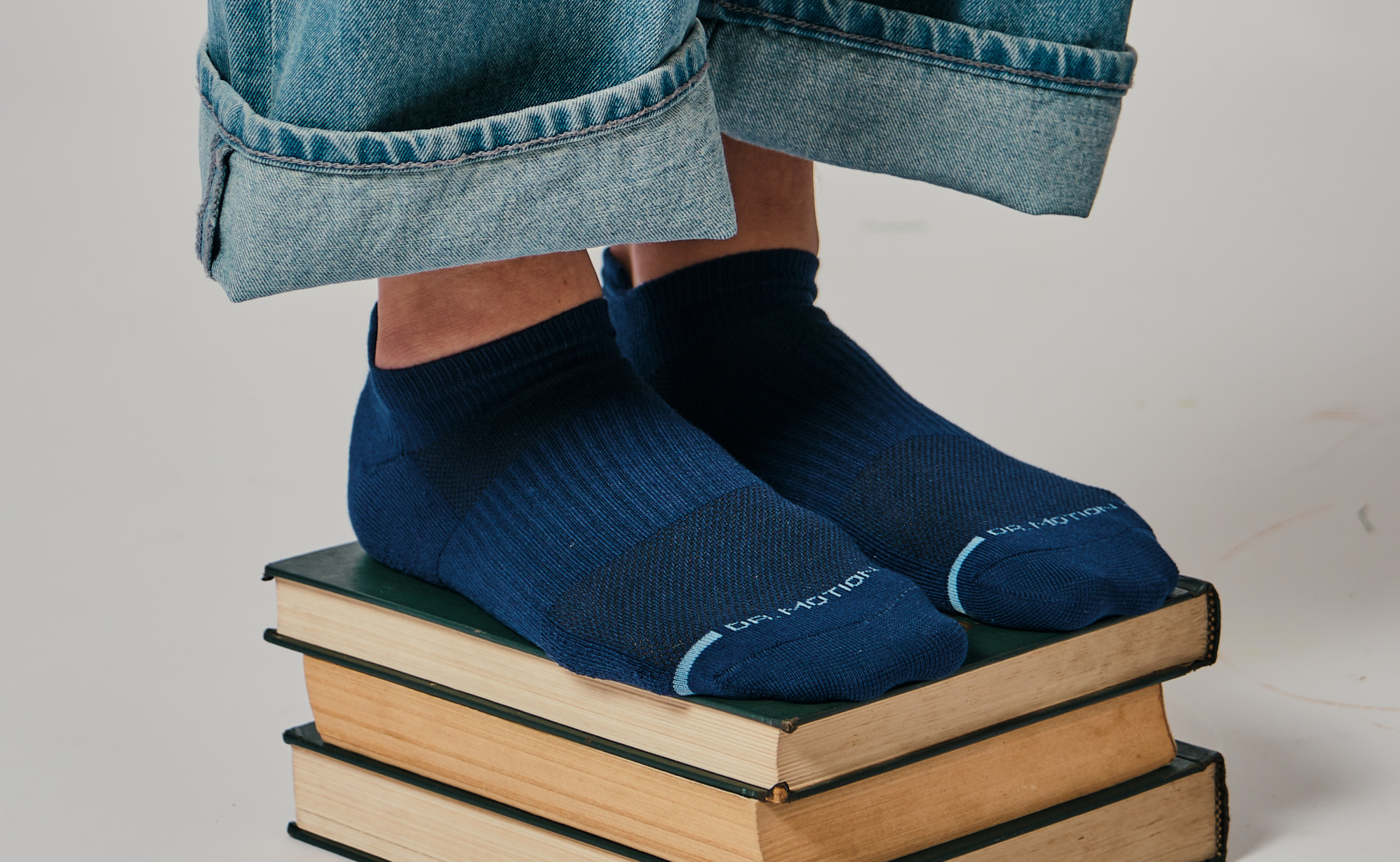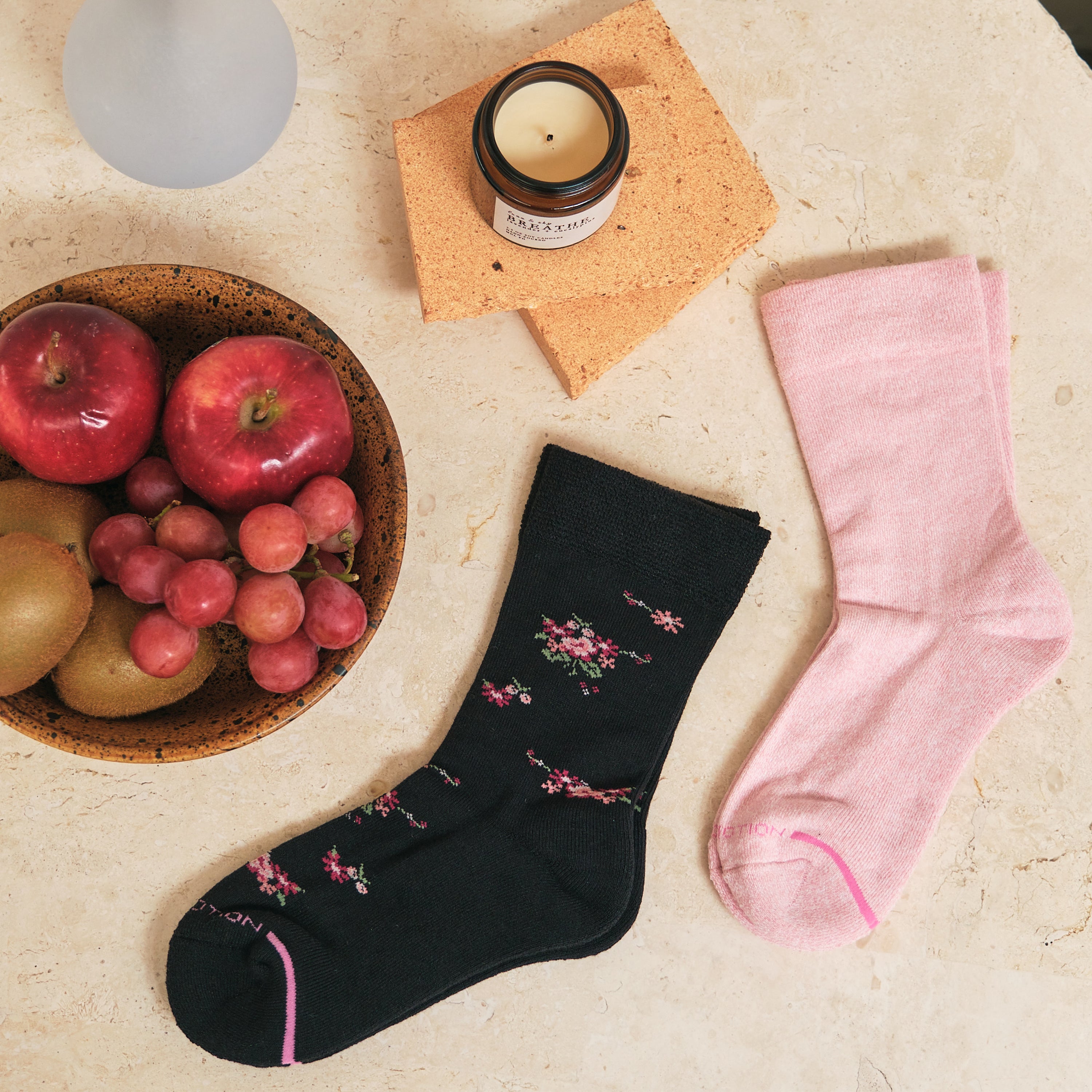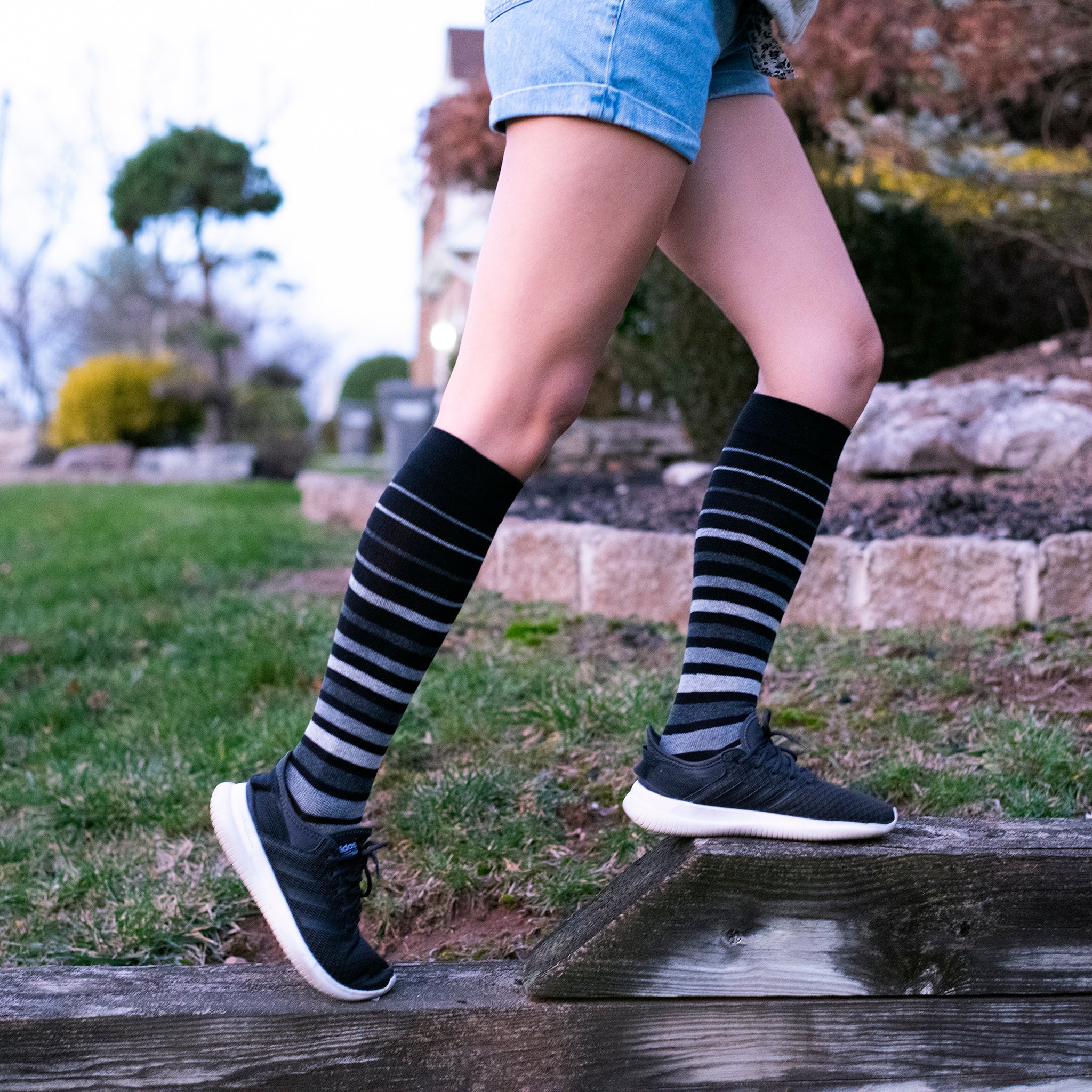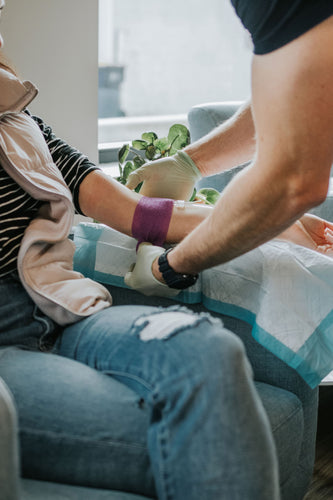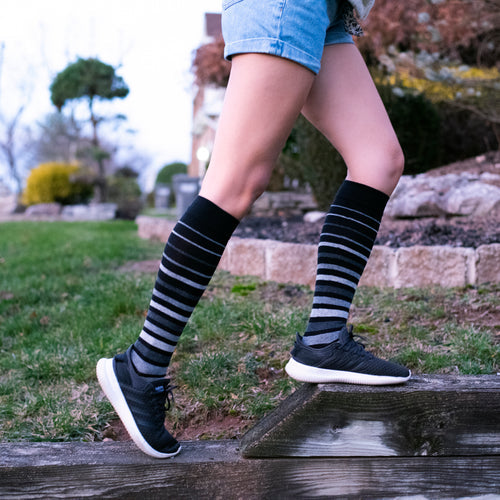Compression Socks for Lymphedema: What Helps, What to Avoid
Swelling that doesn’t go away on its own can be frustrating and even unsettling. When it becomes a regular part of life, it’s a sign that your body needs extra care and attention. For many people, this ongoing swelling is related to lymphedema, a condition that requires thoughtful, clinician-guided management.
The most effective approach is often a comprehensive plan called complete decongestive therapy (CDT). This combines techniques like gentle movement, specialized massage, and supportive garments to help keep swelling under control.
Compression socks play an important role in this care. When chosen with the right compression class, proper fit, and quality fabric, they help maintain limb volume and bring lasting comfort throughout the day.
If you haven’t been diagnosed or if you notice sudden changes, such as redness, heat, or pain, it’s essential to seek medical care promptly before continuing with compression therapy.
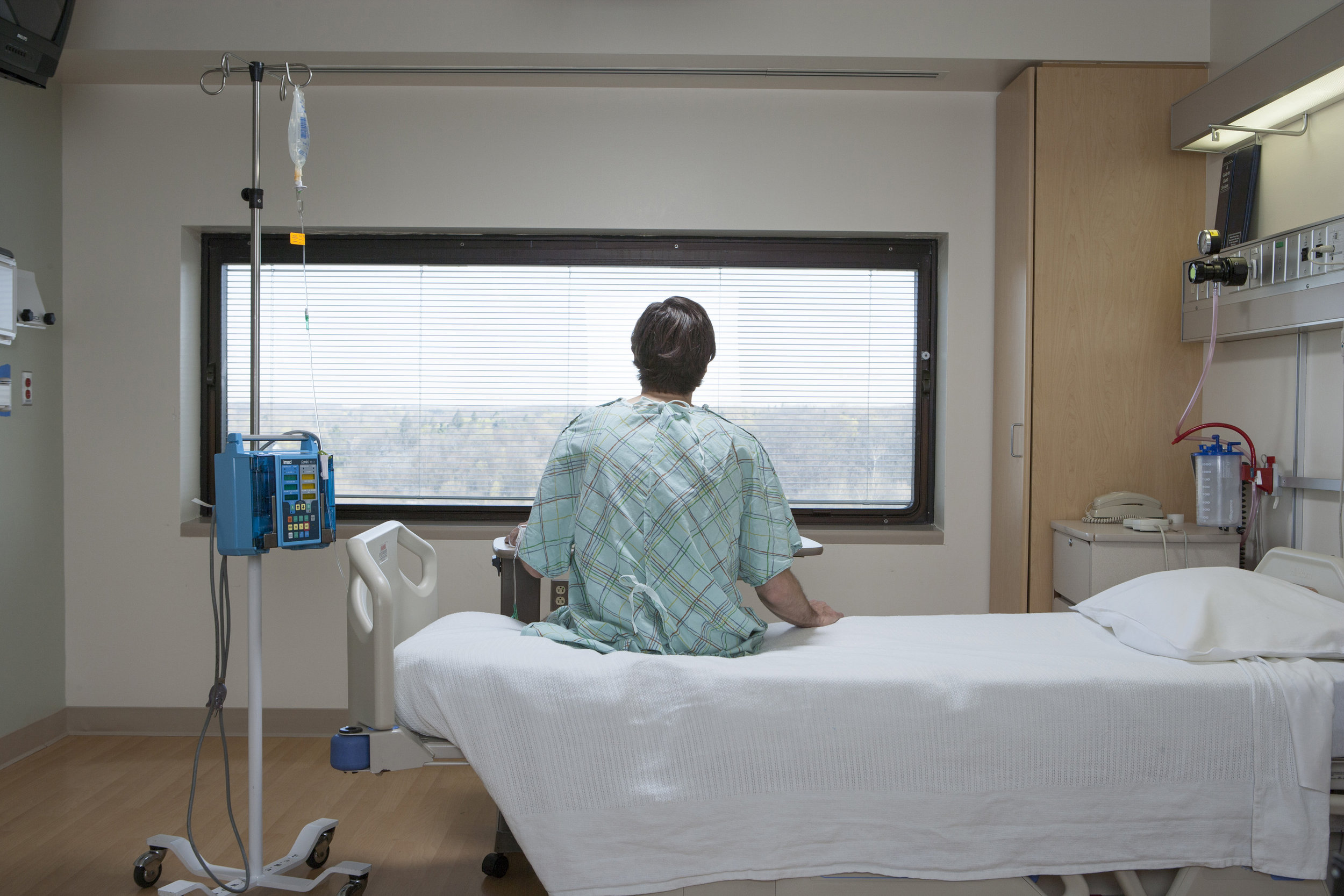
What is Lymphedema?
Lymphedema happens when the lymphatic system, which normally moves fluid and immune cells throughout your body, becomes blocked or damaged. When lymph fluid can’t flow properly, it starts to collect in tissues, causing swelling and discomfort.
The most common cause is cancer treatment, such as surgery or radiation, which may affect the lymph nodes. Other causes include infections, injuries, or rare genetic conditions.
Typical signs of lymphedema include:
-
Ongoing swelling in an arm, leg, hand, or foot
-
A heavy or tight sensation in the limb
-
Aching or throbbing discomfort
-
Thickened or hardened skin in later stages
While there’s no cure, many people manage lymphedema successfully with daily care, medical guidance, and supportive tools like compression socks.
Where Compression Socks Fit in Lymphedema Care
Compression socks are a maintenance tool, not a cure. They apply graduated pressure, which is strongest at the ankle and gradually decreases up the leg. This design helps fluid move upward, away from the swollen area, instead of collecting in the lower limb.
When worn consistently, compression socks can:
-
Support healthy blood and lymph flow
-
Maintain progress made during therapy sessions
-
Reduce heaviness and fatigue in the legs
-
Help prevent flare-ups or worsening swelling
We like to think of compression socks as everyday partners in care; they keep the progress you’ve worked so hard for on track.
Do Compression Socks Work for Lymphedema?
Are you wondering, “Do compression socks work for lymphedema?” The answer is yes, but with a few important details.
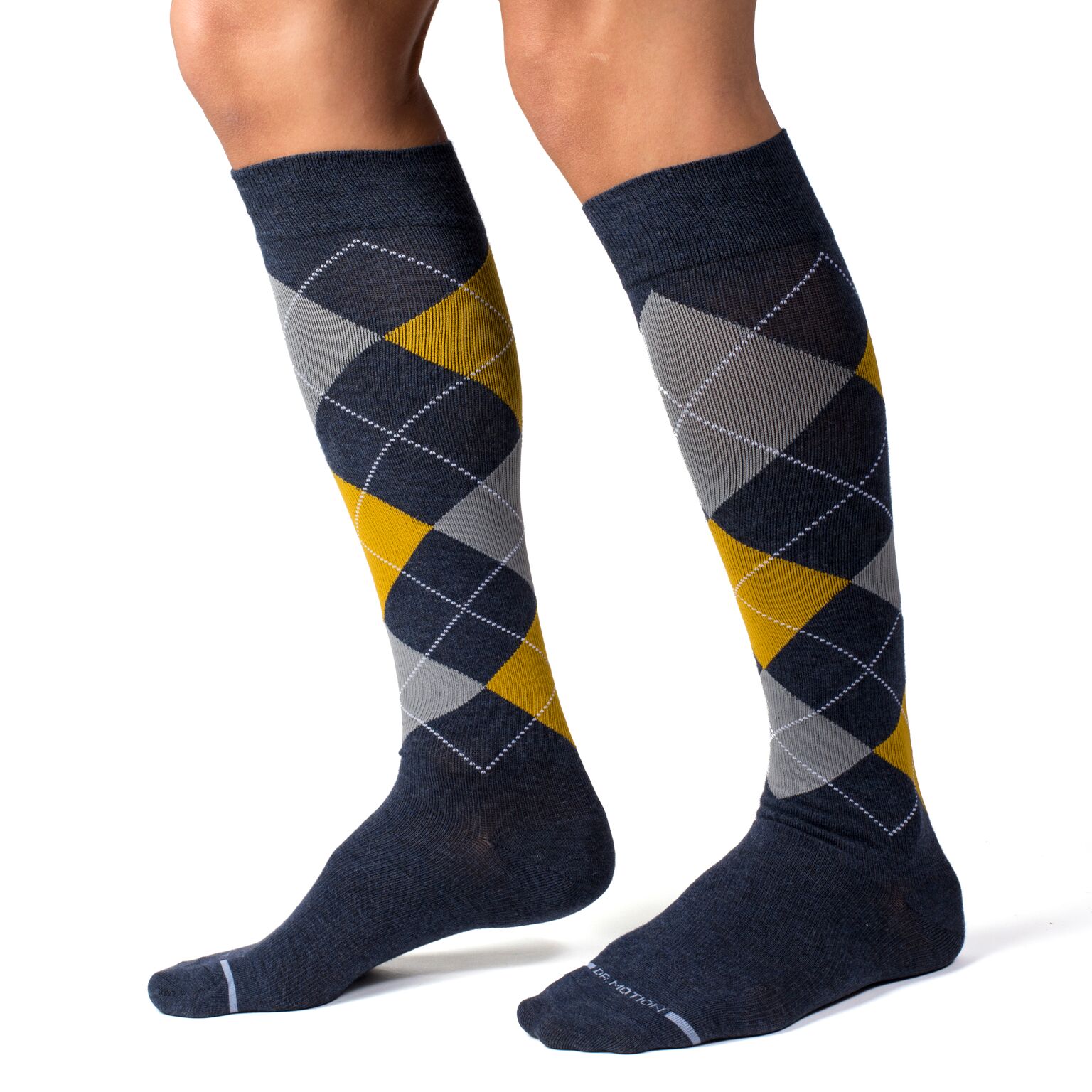
When they help most:
-
After a therapist has reduced initial swelling through bandaging or manual drainage
-
During daily routines, to maintain limb volume
-
For added comfort when standing, sitting, or traveling for long periods
Their limits:
Compression socks are most effective when used alongside professional care. If you experience any changes, a quick check-in with your clinician ensures you’re getting the right level of support.
So, are compression socks good for lymphedema? Absolutely, as long as they’re part of a complete care plan and fitted correctly for your needs.
Best Compression Socks for Lymphedema - What to Look For
-
Compression Level (mmHg)
Compression strength is measured in millimeters of mercury (mmHg). Light compression (8–15 mmHg) works for mild swelling or prevention. Moderate compression (15–20 mmHg) is ideal for everyday maintenance, with your clinician’s approval. We focus on these safe and effective levels to deliver reliable comfort and consistent support every day.
-
Build & Materials
Breathability matters when wearing compression socks for hours. We use moisture-wicking, skin-friendly fabrics that keep you dry and comfortable all day. Smooth seams reduce irritation, while reinforced heels and toes boost durability. Our soft, stretchy blends are designed to make compression therapy feel natural and supportive, not restrictive or clinical.
-
Height & Style
Knee-high socks are the most practical choice for managing lower-leg lymphedema. They target common swelling areas while staying secure under shoes or boots. Our thoughtfully designed knee-high socks combine consistent, even compression with stylish, versatile looks, so you feel supported, confident, and comfortable, no matter where your day takes you.
How Long to Wear Compression Socks for Lymphedema?
Thinking of “How long should you wear compression socks for lymphedema?” For most people, socks are worn all day and removed before bed.
Your provider may adjust this timing, especially for travel or days with prolonged sitting. Consistency is key: wearing compression socks daily helps prevent fluid from returning and keeps symptoms stable.
If you’re new to compression, start with a few hours and gradually increase the time until wearing them feels natural.
Step-by-Step: Putting On & Taking Off
Compression socks fit snugly, which can make them tricky at first. Here’s how to make the process easier.
To put on (donning):
-
Begin with clean, dry skin.
-
Turn the sock inside out to the heel.
-
Slide your foot in and align the heel.
-
Slowly roll the sock upward, smoothing wrinkles as you go.
To take off (doffing):
-
Roll the sock down gently instead of tugging.
-
Avoid overstretching the fabric.
-
Inspect skin for redness or irritation.
Pro tip: Donning gloves or a silky sleeve can make the process smoother and protect the fabric.
When Not to Wear Compression Socks for Lymphedema
There are moments when compression socks should not be used. Pause and seek medical advice if you notice:
-
Sudden swelling or pain
-
Redness, heat, or signs of infection
-
Open wounds or fragile skin that may be damaged by pressure
Your health comes first, and professional evaluation ensures safe, effective care.
Skin Care, Movement & Daily Habits That Help Lymphedema
Compression socks work best alongside healthy habits:
-
Moisturize Daily: Soft, hydrated skin resists irritation.
-
Stay Active: Gentle movement like walking encourages fluid flow.
-
Avoid Restrictive Clothing: Tight garments can block circulation.
-
Stick to Your Plan: Consistency keeps swelling under control.
These small steps add up to big improvements in comfort and long-term symptom management.
A Note on Dr. Motion
At Dr. Motion, we create compression socks with your lifestyle in mind. We understand how important it is to have socks that fit well, feel comfortable, and provide reliable support day after day.
Our collection combines thoughtful design with breathable fabrics, so you don’t have to choose between comfort and function. Explore our range today to find the perfect pair to support your journey toward better leg health and greater confidence.
Disclaimer: This article provides information solely for educational purposes, including but not limited to text, graphics, images, and other materials contained herein. This article is not intended to substitute for professional medical advice, diagnosis, or treatment. Always seek the advice of your physician or another qualified healthcare provider with any questions you may have regarding a medical condition.


